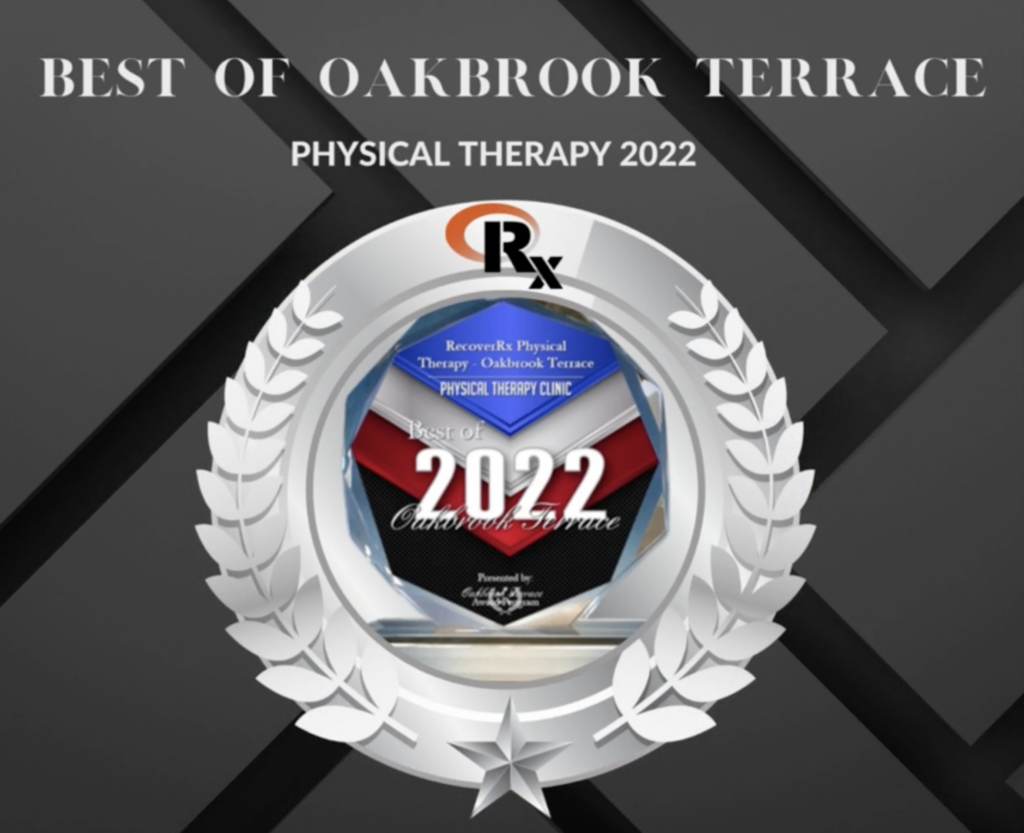Which is worse? A ‘pain in the neck’ or a ‘pain in the butt?’ I don’t know, but both are used to describe very unpleasant things.
Cervical Radiculopathy
Cervical Radiculopathy is a condition in which the nerves in the neck are irritated and result in pain, numbness, tingling and/or weakness in the arms. It occurs when the nerve roots in the neck (cervical spine) become compressed or irritated. This can occur as a result of various factors including postural changes, degenerative changes, or herniated discs. Fortunately, physical therapy can be very effective in relieving the symptoms of cervical radiculopathy and helping regain mobility, strength, and stability in the area.
It is important to understand that degenerative changes start happening in our spine in our 20’s, and that by 35, approximately 30% of people will show degeneration at one or more levels. By the age of 60, more than 90% of people will show some disc degeneration and it does not necessarily cause pain. Columbia University
Although disc degeneration is less common in the cervical spine than the low back, it can occur and cause dull, throbbing, or referred pain to the shoulder and shoulder blade. Disc injuries are very common after a whiplash injury and can worsen with prolonged poor posture. Swelling from a disc or joint can put pressure on a nerve root and cause pain, numbness and pins/needles down the arm.

The Role Of Physical Therapy
Physical therapy is an effective, non-invasive treatment for overcoming cervical radiculopathy. The primary goal of physical therapy is to relieve the compression on the nerves, reduce pain, improve mobility, and enhance overall function. At RecoverRx Performance Physical Therapy, our expert clinicians are trained in hands-on techniques to relieve nerve compression, reduce pain and minimize inflammation.
Our therapists also understand that happy nerves require space, movement, and blood flow. They work to improve the mobility of the joints and soft tissues in your neck and teach you positions of relief that create more space around the irritated nerve. They also educate you on special exercises that help glide the nerves to make them less sensitive as they travel from the neck down to the hand. And finally, incorporate more global exercise to improve overall blood flow to the body to provide fresh nutrients and oxygen to help the tissues heal.
While poor posture is rarely the only cause of cervical radiculopathy, Physical Therapy will also address proper spinal alignment and appropriate body mechanics that help reduce strain on the neck and spine. Further, by strengthening the muscles around the cervical spine, physical therapy will also improve stability in the affected area and reduce the risk of future injury or reoccurance.
The Importance Of Early Intervention

Early intervention with physical therapy is crucial for patients with cervical radiculopathy. By addressing the condition promptly, patients can prevent the progression of symptoms and avoid more invasive treatments, such as injections or surgery.
Conclusion
Cervical radiculopathy can be a painful and limiting condition, but physical therapy offers a path to full recovery. Through a combination of pain management, strengthening exercises, range of motion improvements, and patient education, physical therapy regularly helps individuals relieve their symptoms, get back their quality of life, and return to all daily and recreational activities. If you or someone you know is suffering from cervical radiculopathy, consider reaching out to our team for expert care and guidance.




